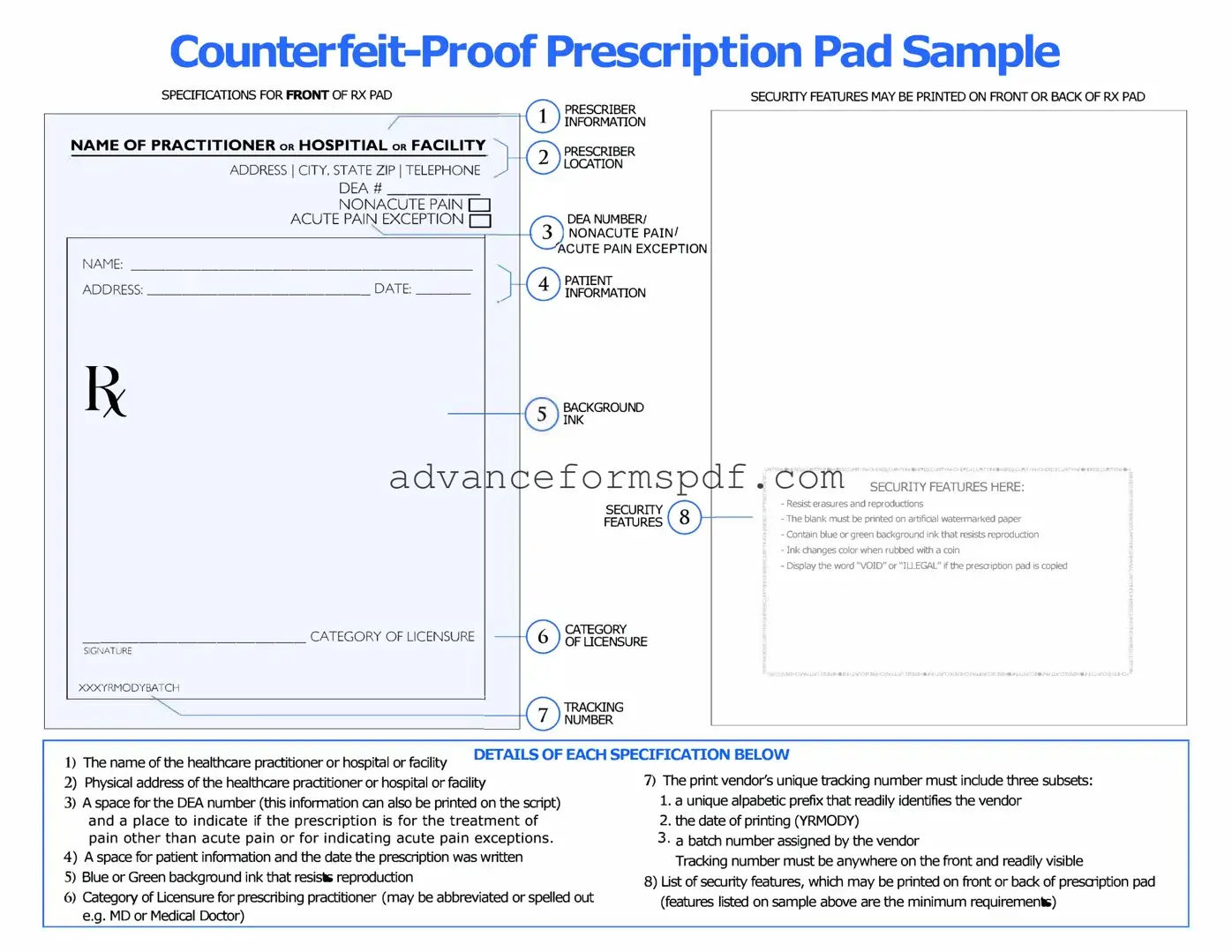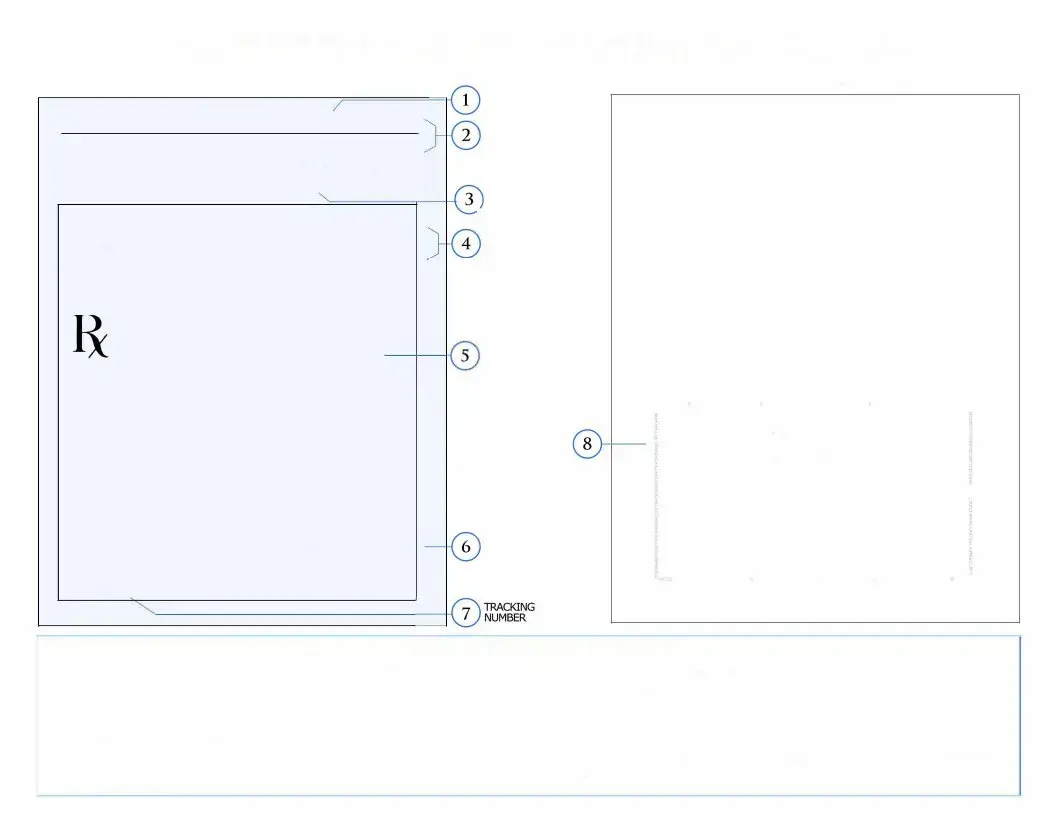The Prescription Pad form serves as a critical tool in the healthcare system, bridging the gap between patient needs and pharmaceutical solutions. This form is designed to streamline the process of prescribing medications, ensuring that healthcare providers can efficiently communicate their recommendations to pharmacies. Key aspects of the Prescription Pad include patient identification details, medication specifics, dosage instructions, and any necessary refills. Additionally, it often contains sections for the prescriber’s information, including their credentials and signature, which are essential for validating the prescription. By adhering to standardized formats, the Prescription Pad not only enhances clarity and reduces the risk of errors but also fosters better patient outcomes through accurate medication management. Understanding its components and proper usage is vital for both healthcare professionals and patients alike, as it plays a pivotal role in the overall medication administration process.

